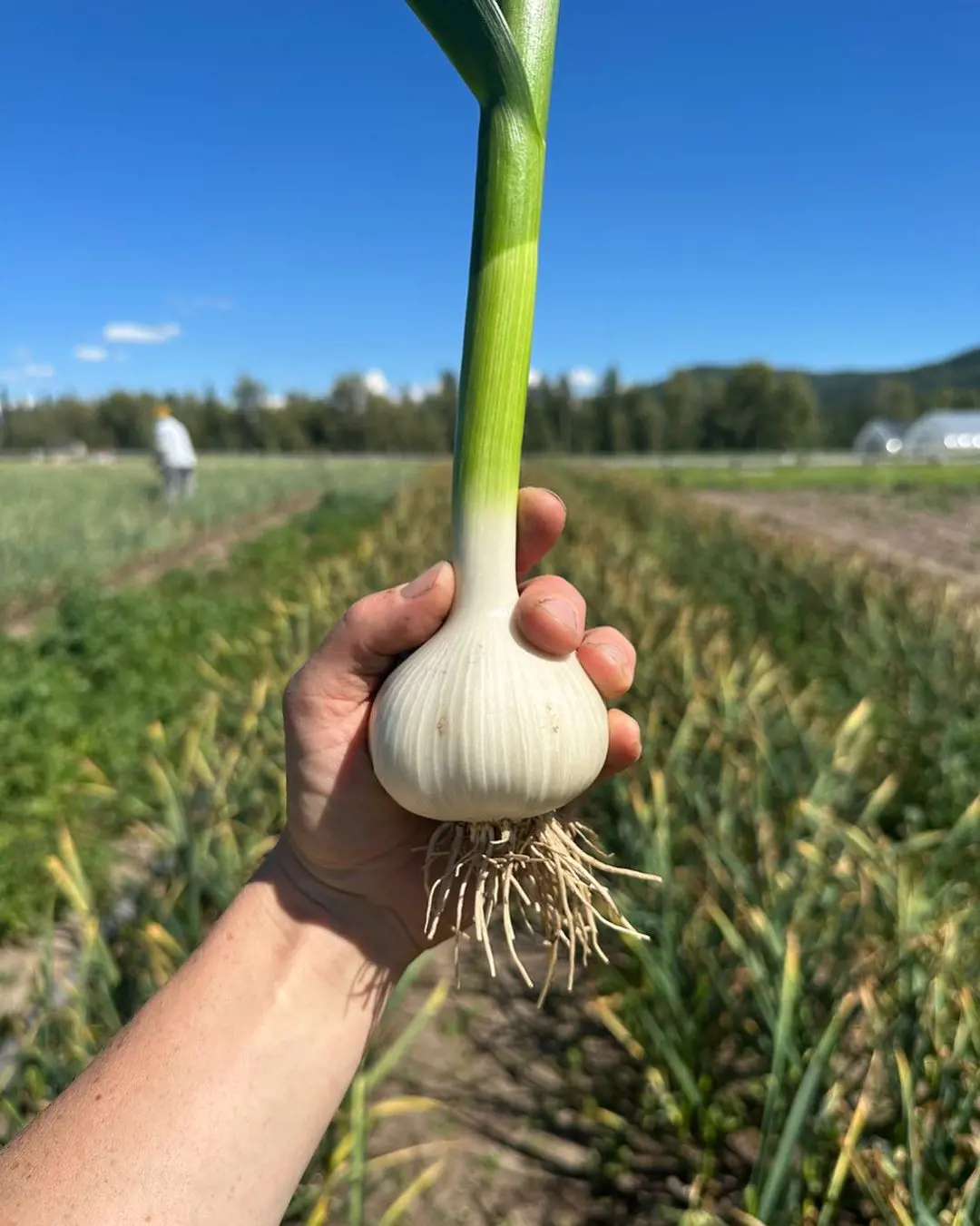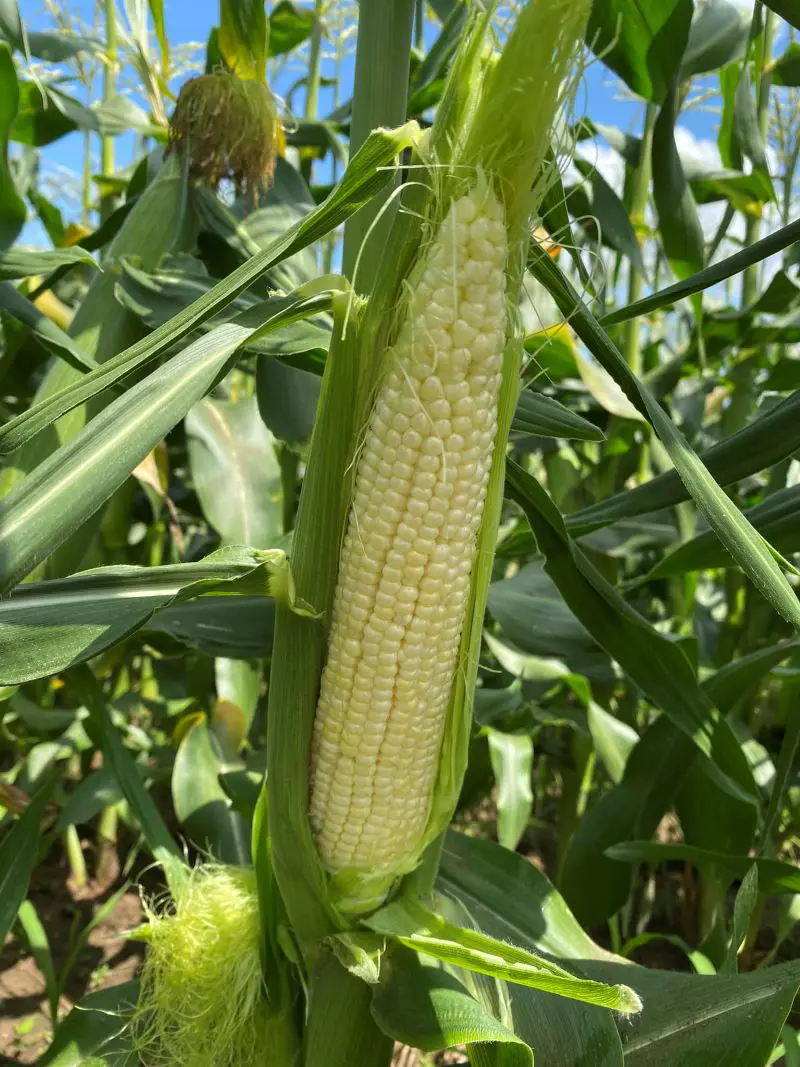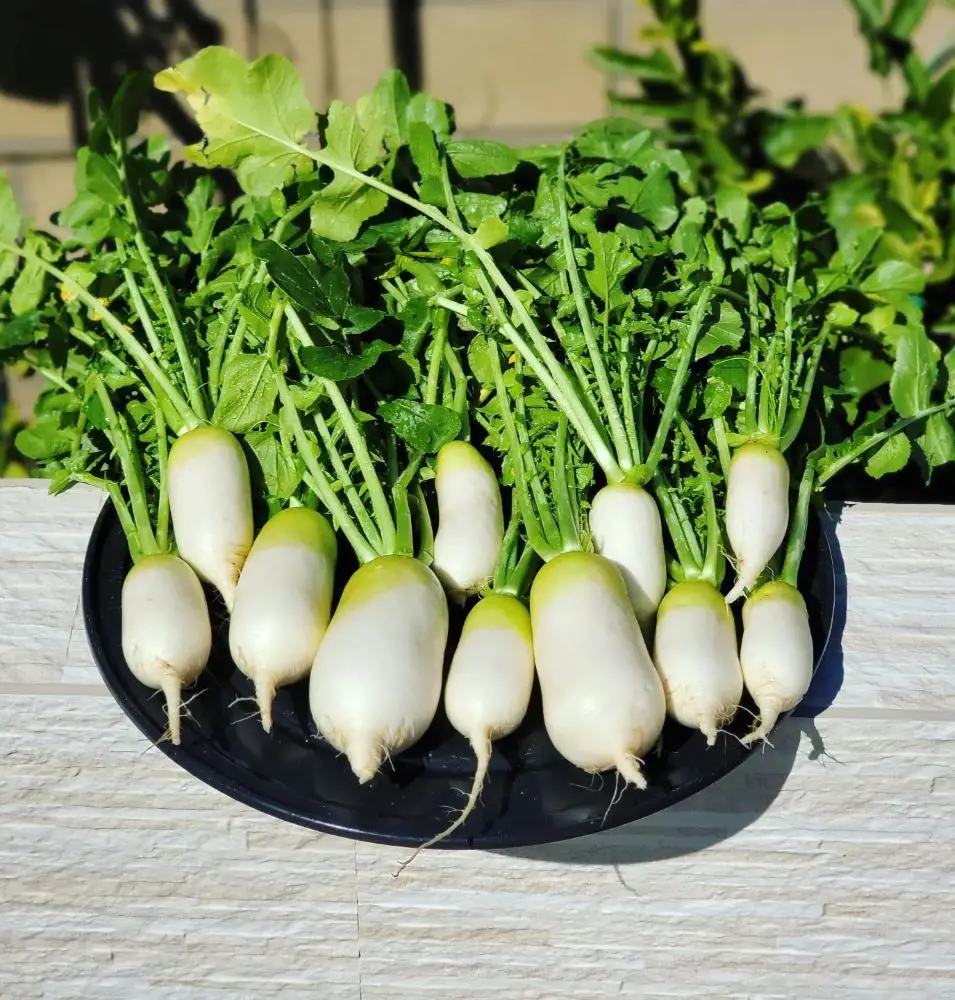How To Grow Bamboo In 13 Steps

This post may contain affiliate links. If you make a purchase through links on our site, we may earn a commission.
Bamboo (Bambusa vulgaris) belongs to the grass family. It is not a tree but a giant grass with hollow stems that can grow incredibly tall and fast.
This graceful and fast-growing plant can enhance the beauty of any garden. The bamboo species are a low-light indoor plant best popular in many households. Here we have explained 13 simple steps to ensure the healthy growth of bamboo in any garden.
Step 1. Select Appropriate Bamboo
The first step to consider while growing bamboo in the garden is to research and select the appropriate bamboo species for your climate and desired size. Consider its mature height, spread, and clumping or running habit.
First, it is important to know the hardiness zone of a particular region. Bamboos are divided based on the different hardiness zones in which they can survive.
Next, find out the appropriate climate zone for the region. Some bamboos thrive in hot climates, while others thrive in cooler climates. Also, consider the sunlight condition of your garden. Additionally., it is also crucial to look after the soil condition. Bamboos generally prefer well-drained soil.
Step 2. Pick Up the Best Location

Before picking the best location for bamboo plantations, here are some important factors to consider: Bamboo loves sunlight, so it is vital to choose a place that receives maximum sunlight throughout the day. Morning sun and afternoon shade are best for growth while protecting from the scorching afternoon sun.
Similarly, proper drainage is absolutely important for bamboo. Avoid areas that are prone to waterlogging or flooding. Choose a location where you can easily reach and water the bamboo regularly, especially during dry periods. It is also important to focus on space and containment. Choose a location based on the spreading habit of a specific bamboo.
Step 3. Plan for Confinement
The rapid growth and aggressive spreading nature of bamboo require a careful confinement plan for a beautiful garden. Different species of bamboo require diverse confinement and space measures.
Clumping bamboo stays in a manageable cluster while running bamboo spreads quickly through underground rhizomes. When planning to grow running bamboo, be sure to provide ample space for its spread or install a root barrier to prevent it from taking over the garden
Confinement strategies involve physical barriers such as metal or plastic sheeting buried 2-3 feet deep around the planting area. Or, it is best to choose flexible barriers designed specifically for containing bamboo. These offer a convenient and effective solution.
Step 4. Modify the Soil

The last step in preparing a bamboo plantation is amending the soil before planting. It is ideal to amend the existing soil with a generous amount of compost or aged manure to improve fertility and drainage. Bamboo usually prefers well-drained and fertile soil.
To check the proper drainage of soil, dig a foot-deep hole and fill it with water. If the water drains away in a few hours, the drainage system is good. If the water stays for a longer time, it is best to amend the soil.
Next, perform a soil test to determine its nutritive value. If it lacks any essential minerals, try modifying the soil with organic matter like compost, aged manure, or leaf mold. This improves soil structure, drainage, fertility, and moisture retention.
Step 5. Dig the Planting Hole
This is the first method of planting bamboo to grow it effectively in the garden. It sets the stage for proper root development, water drainage, and overall health. Prepare a hole twice the width of the root ball and deep enough to accommodate the entire root system without bending. This prevents root circling and ensures they can access water and nutrients efficiently.
A hole deep enough to accommodate the entire root ball without bending allows for proper drainage. This is crucial for preventing root rot, which can kill your bamboo. The loose soil surrounding the root ball allows for optimal air circulation. This promotes healthy root development and helps prevent fungal diseases.
Step 6. Assemble the Root Ball
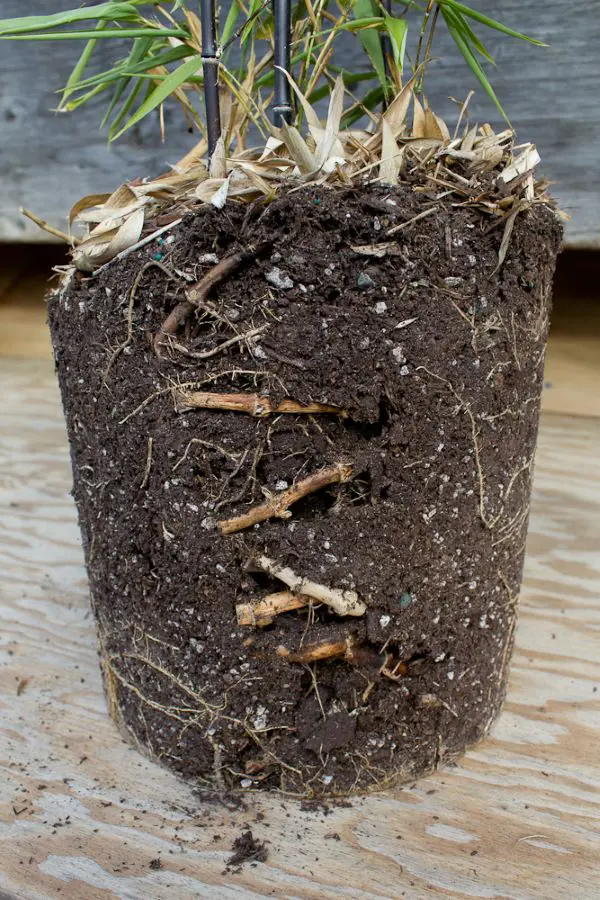
Another necessary planting step to consider is assembling the root ball. Just like any other plant, a healthy root system is essential for bamboo to thrive in the garden. Preparing the root ball properly before planting sets the stage for strong growth and development. The root ball is a mass formed by the root of the plant that absorbs water and nutrients from the soil, anchoring the plant to the ground.
Loosening the compacted roots in the root ball encourages them to spread out and explore the surrounding soil, establishing a strong network for optimal water and nutrient uptake. Similarly, carefully handling and preparing the root ball minimizes stress for the plant, allowing it to focus its energy on growth and adaptation to its new environment.
Step 7. Correctly Position the Plant
Although positioning the plant might not seem like a necessary step, it is rather an important part of bamboo planting. This step ensures that the sapling is placed correctly without any hindrance.
Dig the hole deep enough to accommodate the entire root ball without bending or cramping the roots. Aim for a depth at least twice the height of the root ball. Avoid planting the bamboo too deep, as this can suffocate the roots and hinder growth.
Place the plant in the center of the hole, ensuring it's evenly spaced from the sides. This allows for balanced root growth and prevents the bamboo from leaning or tilting. Additionally, gently loosen the root ball to encourage the outward growth of the roots.
Step 8. Refill Compost and Water
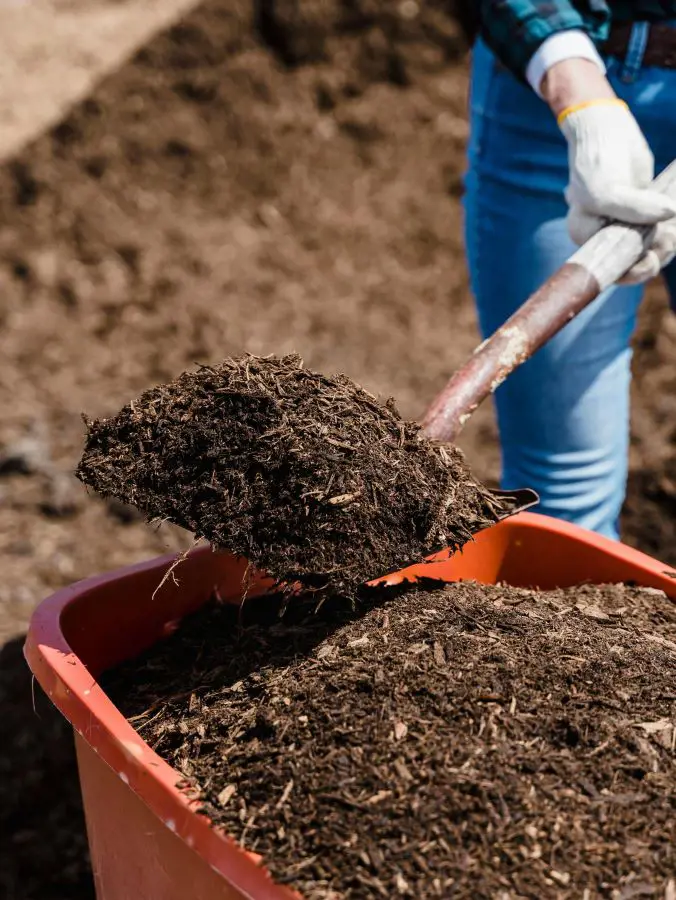
This is the final method in the planting step. After positioning your bamboo in the planting hole, backfilling or compost refilling and watering are crucial steps to ensure its proper establishment and growth. Here, one has to fill the hole with a soil and compost mixture, firming it gently around the base. After that, water thoroughly to settle the soil and promote root establishment.
Air pockets around the roots can hinder water absorption and nutrient uptake. Backfilling ensures good contact between the roots and soil, promoting optimal growth. Thorough watering after planting saturates the soil and provides the roots with essential moisture for immediate absorption. This initial hydration kickstarts vital functions within the plant.
Step 9. Apply Generous Amount of Mulch
Mulching is the first step one can take after planting the bamboo plant. This method is an after-care practice to ensure optimal growth of the bamboo plant. Mulching is the practice of covering the soil around plants with a layer of material, such as wood chips, bark, or leaves. This material, called mulch, provides several benefits for plants.
Mulch acts as a natural insulator, helping the soil retain moisture and preventing it from drying out quickly. This is especially important for newly planted bamboo, which has a less developed root system and needs consistent moisture to thrive. Mulch also helps regulate soil temperature. It acts as a barrier, keeping the soil cooler during hot weather and warmer during cold weather.
Step 10. Water Frequently
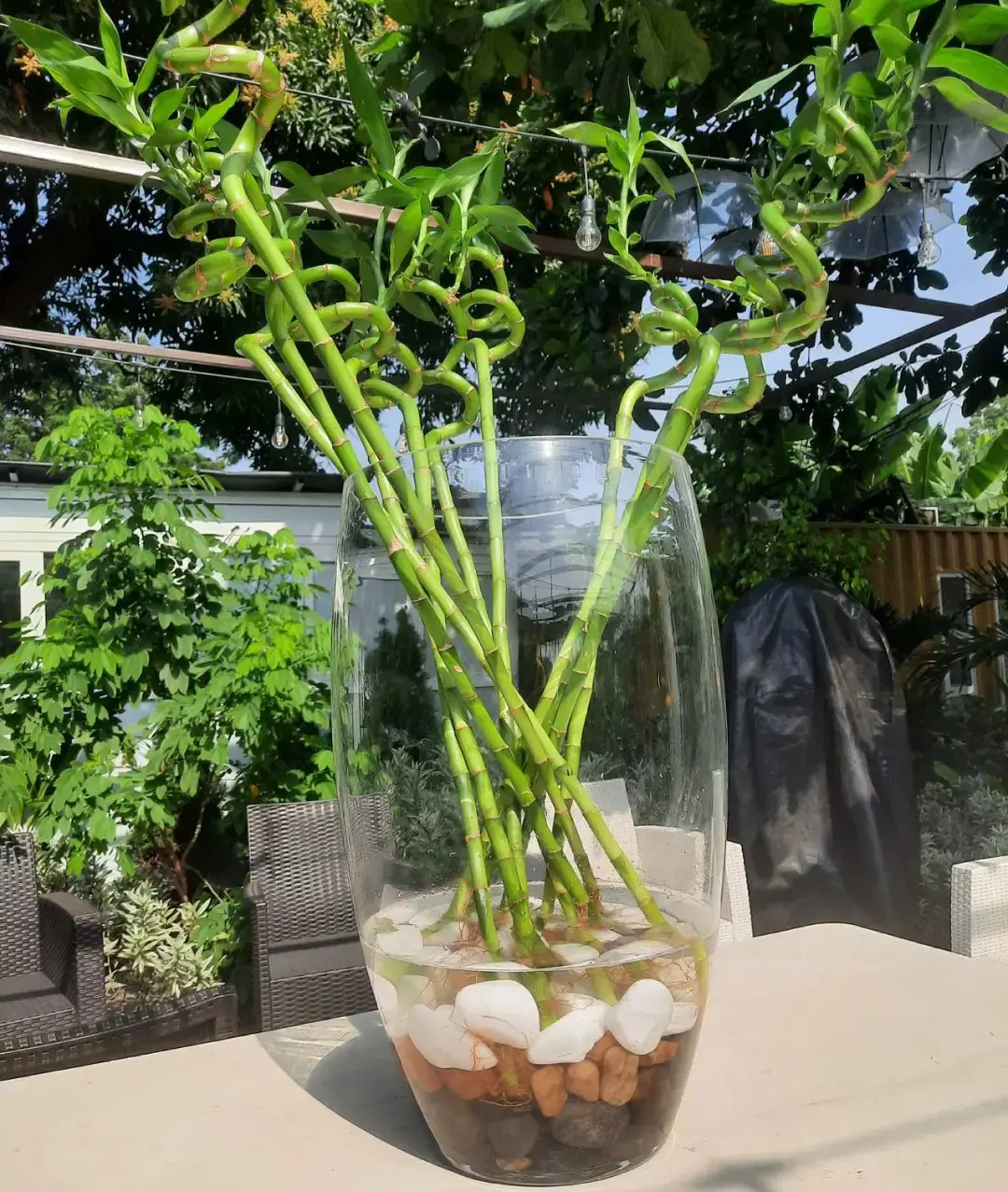
The bamboo plant requires frequent water to flourish expeditiously. It is crucial to water the plant, especially during the first year and during dry periods. The aim should be to keep the soil moist and not soggy. Bamboo has an extensive root system that readily absorbs water.
Regular watering encourages healthy root development, allowing the plant to efficiently absorb essential nutrients and water from the soil. Insufficient water can lead to drought stress, which causes wilting leaves, stunted growth, and even culm dieback. Water also acts as a carrier for nutrients in the soil. The bamboo palm species also require proper watering.
Step 11. Annual Fertilization
Fertilizing is one of the vital steps in the plantation process. Not only bamboo, but every plant requires proper and organic fertilization for healthy growth. Bamboo needs a balanced supply of nutrients, including nitrogen, phosphorus, potassium, and other trace elements.
Fertilizing provides these essential nutrients in a readily available form that the bamboo can easily absorb. This helps the bamboo grow strong and healthy, with lush foliage and sturdy culms.
Fertilizers promote healthy root development in bamboo. This helps to produce new shoots and leaves. Further, fertilized bamboo has greener foliage, thicker culms, and a more vibrant overall appearance. This enhances the beauty and aesthetic appeal of your bamboo garden.
Step 12. Trim Carefully
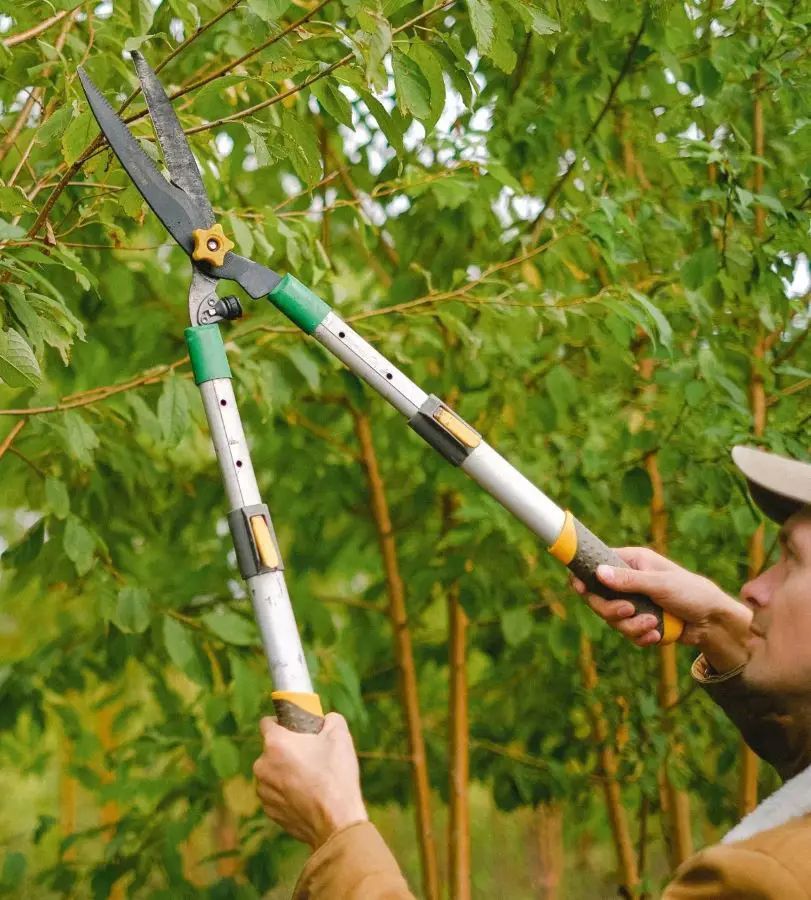
Pruning or trimming is another aftercare step to improve the healthy growth of the plant. By carefully pruning bamboo, one can promote healthy growth, control its spread, and enhance its beauty in the garden. Trimming is like giving a haircut to the bamboo. It removes dead, diseased, or damaged culms (stalks) from the bamboo.
This allows the plant to focus its energy on producing healthy new growth, resulting in a thicker and fuller appearance. Densely growing bamboo can limit air circulation, creating a favorable environment for pests and diseases. Proper trimming thins the clump, allowing air to flow freely through the leaves and stems, preventing the spread of problems.
Step 13. Inspection and Controlling Spread
The final step to consider while planning to grow bamboo in the garden is to regularly monitor and control its massive spread. Although bamboo is a beautiful plant that can beautify any garden, its vigorous nature requires careful monitoring and control. It is important to regularly inspect your bamboo throughout the growing season, particularly in the spring, when new shoots emerge.
Install a physical root barrier around the planting area to prevent the bamboo from spreading. This barrier should be at least 2 feet deep and made of a material that bamboo rhizomes cannot penetrate, such as steel, concrete, or heavy-duty plastic. Early intervention is key to preventing problems.
Recent posts
How To Grow
How To Grow
How To Grow Garlic
A bulbous member of the onion family, garlic is prized for both its potent flavor and a variety of therapeutic applications. Due to its relative ease of cultivation, it is a favorite among home gardeners and a pioneer in kitchens worldwide. Garlic ma...
How To Grow
How To Plant and Grow Orchids
Orchids are one of the prettiest and most interesting flowers out there, with over 30,000 types and 200,000 hybrids. They are one of the biggest families of plants and can grow indoors or outdoors. However, growing and taking care of orchids is not e...
How To Grow
How To Plant, Grow And Harvest Corn All By Yourself
Growing your popcorn or sweet corn at home garden can seem like an interesting idea. However, it requires a large amount of space to grow as it is a tall plant that needs plenty of room to spread out. But, if you want to enjoy freshly popped po...
How To Grow
How To Plant, Grow And Care Cucumbers
Growing cucumbers is like going on a fun journey where you get to plant and pick your very own crunchy veggies. It's not just about having tasty cucumbers, it's also about the joy of seeing your plants grow. Whether you have a big garden or a small b...
How To Grow
How To Plant, Grow And Care Radishes In Your Garden
Growing radishes in your garden is a fantastic way to enjoy crisp and peppery veggies that you've nurtured from seed to plate. It's a straightforward process that anyone can try, even if you're new to gardening. In the following 12 steps, we'll guide...
How To Grow
How to Plant, Grow And Care For Spinach?
Growing leafy greens in your backyard garden is both healthy and fun. Spinach can be the best leafy green to start with as it is relatively easy to grow from scratch and can be harvested in about a month from planting. It thrives in spring or fall in...
